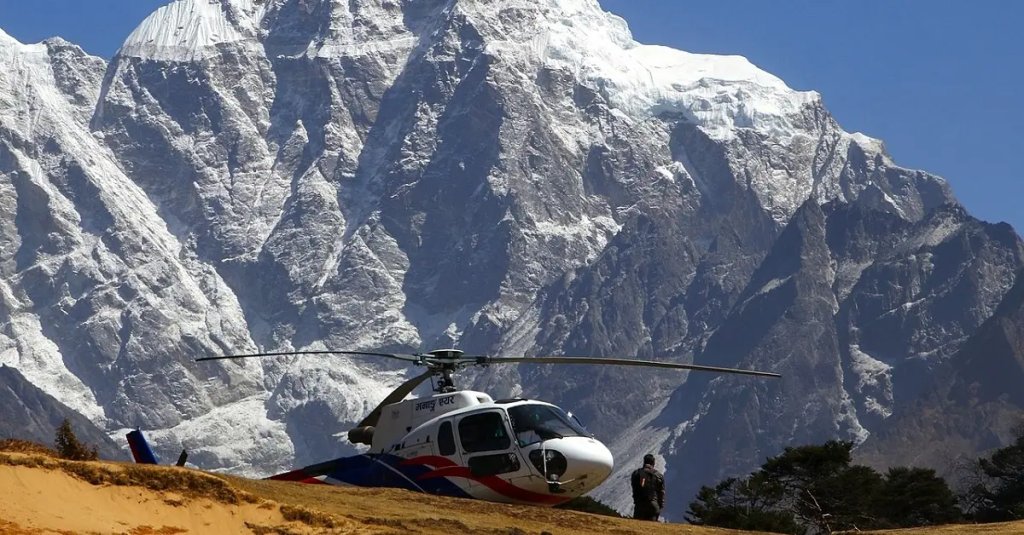

Straddling the border of Nepal and China stands the world’s highest mountain: Mount Everest. To the locals, it’s known as the “Goddess of the Sky,” and to intrepid adventurers, reaching its summit has long been seen as the ultimate test of human endurance and ability. Sir Edmund Hillary and Tenzing Norgay were the first to make it to the top on May 29th, 1953, but in recent years, the “challenge” of climbing the mountain has lost its illustrious status.
Though it’s still a dangerous trek — seventeen people died in April, 2015, due to avalanches caused by an earthquake — thousands of people have reached the top. It’s even possible to take guided tours of the mountain and essentially buy your way to the summit.
But there’s no red carpet rolled out to “the top of the world.” You still have to earn it. Reaching the peak takes effort and you still need to climb, on foot, to the summit. Even with all the money in the world, there is no way in Hell any pilot would dare to fly you to the top just for a quick selfie.
That’s because it’s almost physically impossible for it to happen — save for one French test pilot under extremely calculated and ideal conditions.

(U.S. Air Force photo by Senior Airman Kevin Tanenbaum)
There are several factors that limit a pilot’s ability to fly to the top of Mount Everest. For much of the year, the mountain is covered in hurricane-force winds and sub-freezing temperatures. The frequent snowstorms that hit the mountain are strong enough to launch an icicle so fast that it’ll shred metal.
The fiere weather only lets up for a few weeks per year, and that’s when the tourists flock to summit the mountain. Even when the conditions are more ideal, they’re far from perfect. During the “calm season,” the winds still reach blustery speeds of up to 75 mph, strong enough to classify as hurricane category 1 winds.
Even when conditions are perfect enough for flight from nearby Lukla, Nepal, to the summit, a single landing is enough to spark an avalanche that would kill everyone attempting the climb.

But if the weather doesn’t ground the aircraft, physics will. The further up Mount Everest you go, the less dense the air becomes. It’s possible for the human body to acclimate to the 50-percent drop in oxygen levels near Base Camp, Nepal, but not even the most skilled Sherpa can get used to the “Death Zone” — 8,000 meters above sea level where the oxygen levels are at 33 percent of those at sea level. And the summit is nearly 1,000 meters beyond that.
That drop in oxygen doesn’t just affect humans — if affects everything up there. The air is just too thin for most helicopters to generate enough lift to remain airborne. If the helicopter is equipped to reach that height, making the landing is still an incredibly delicate affair.
This all brings us to Didier Delsalle, the French test helicopter pilot who managed to pull this unbelievable stunt off on May 14th, 2005. After years of planning and weeks of waiting for the perfect conditions, he pulled off the impossible and landed on the summit.
To make weight, the helicopter needed to be stripped down — except for the extra-powerful engine. Then, once they were sure everyone was clear of the mountain, they made the attempt. It wasn’t pretty, but it counts. Check out the video below.
